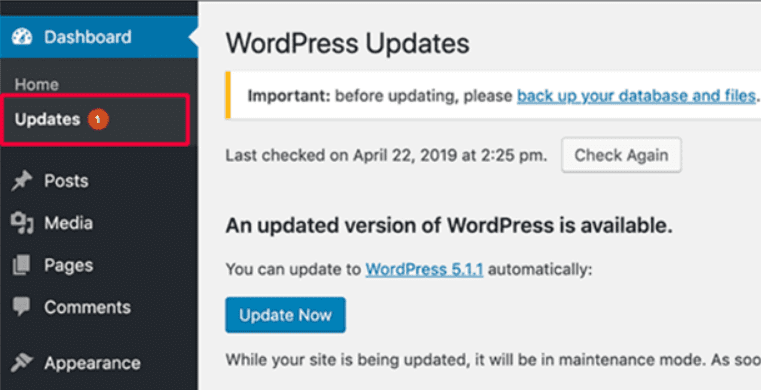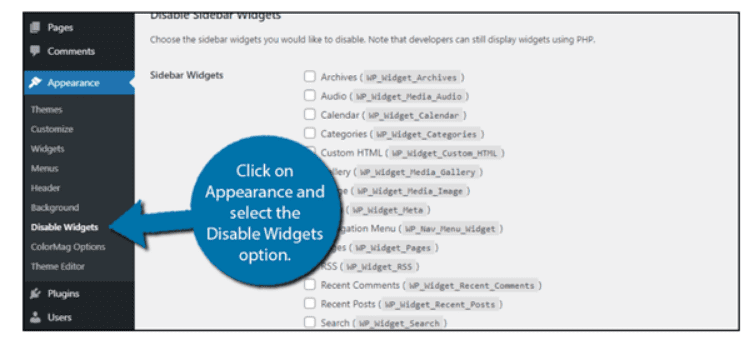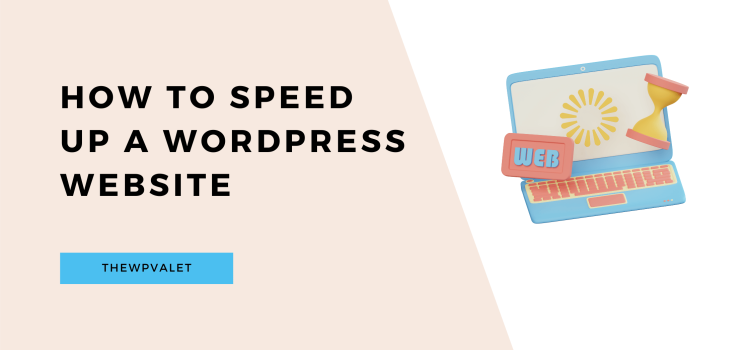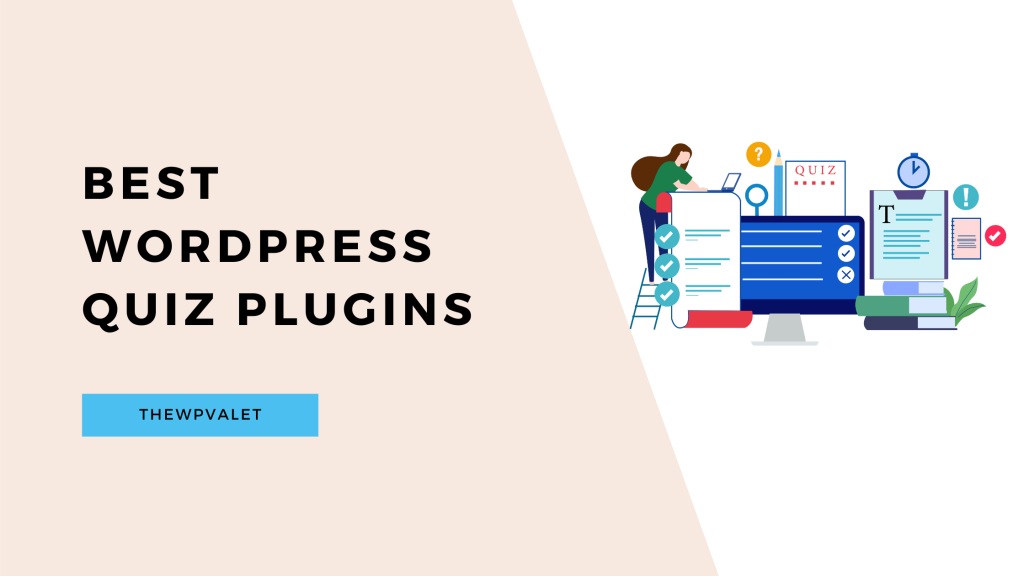It’s that simple: the quicker your website loads, the better user experience you offer. A better user experience increases conversion rates, decreases bounce rates, and many other benefits. Learn how to make your website faster and enhance user experience.
Learning how to speed up your WordPress site is crucial if you want to build profitable websites for yourself or your clients.
While many rightly concentrate on a website’s design and content, loading times are as crucial, if not more so. The user experience on your site, SEO rankings, conversion rates, and bounce rates are all impacted by load times.
But grasping all the nuances of WordPress performance can be challenging, so we’ve developed this extensive guide on making your WordPress site faster.
We’ll cover everything you are required to know in this post. We’ll begin by describing the key features that cause WordPress sites to load slowly, why speed matters, and how to speed up your site’s current performance?
Factors That Make WordPress Sites Slow
There are two major groups of problems that could be causing your WordPress site to load slowly:
Backend performance, in general, refers to how quickly your server delivers files.
Frontend performance measures the efficiency of your WordPress site.
Your hosting causes most issues with backend performance. For instance, one of the main causes of subpar backend performance is slow hosting. Additionally, you may increase server efficiency by adopting techniques like page caching, the most recent PHP version, database optimization, and more to speed up backend performance.
Frontend performance issues are much more influenced by your decisions when creating your WordPress website. Here, some typical problems include:
- Using an excessive number of inefficient WordPress plugins
- Utilizing a bulky WordPress theme and utilizing huge, inefficient photos
- Having JavaScript or CSS that isn’t optimized
- Too many third-party scripts are being loaded
Types Of WordPress Sites: Static And Dynamic
Recognizing that not all WordPress sites are created equal is critical before moving on to WordPress speed tweaks. Because you can’t approach every problem similarly, many users experience issues. WordPress websites are always categorized as either static or dynamic. So let’s start by examining how these two types of sites differ.
Considering Static Sate of Sites
Blogs, small commercial websites, news sites with smaller traffic volumes, personal websites, picture websites, etc., are examples of static websites. The data on these WordPress sites is static, meaning it doesn’t frequently change (perhaps a couple of times a day). Even the majority of well-known hosting services would be regarded as static websites.
Considering Mostly Dynamic Sites
On the other hand, we have websites that are quite dynamic. These include websites for learning management systems, community, membership, and eCommerce (WooCommerce or Easy Digital Downloads) (LMS). Dynamic refers to how frequently the data on these WordPress blogs changes (server transactions occur every few minutes or even every second). This indicates that not all requests made of the service may be fulfilled without additional server resources and database searches.
Selecting High-Performance WordPress Hosting
One of the most important things you can do to enhance your site’s backend speed is to get performance-optimized WordPress hosting.
But, even if you do a great job at frontend optimization, there is a considerable risk that your website will be slow if your hosting is slow.

If you want the absolute best performance, you should think about managed WordPress hosting choices like Kinsta, Bluehost, DreamHost, WP Engine, or Flywheel. If that is beyond your price range, less expensive solutions like SiteGround and A2 Hosting can assist you in getting quick load times.
Check out our list of suggested WordPress hosts for more choices. To assist you in making your choice, we also have a guide on selecting WordPress hosting.
Searching for cutting-edge technologies, like HTTP/2, that can enhance HTTPS performance and better manage many tiny HTTP requests is another crucial factor to consider.
Better Way Of Opting for DNS Services
Speed and dependability are two important factors in selecting a premium DNS. Even in milliseconds, searching for DNS records and directing traffic requires time.

The free DNS you typically receive from your domain name registrar is generally somewhat slow, while premium DNS frequently provides superior speed. For instance, using some common testing, we discovered that the free NameCheap DNS was 33% slower than the premium Amazon Route 53 DNS. Furthermore, premium DNS can provide greater protection and availability, particularly if you’re the target of a DDoS attack.
Choosing The Right WordPress Themes
Your site’s speed greatly depends on the WordPress theme you select, which is presumably why you’re seeking the quickest WordPress theme. Every second matters in the digital world since a speedier WordPress website produces more leads and directly impacts your conversion rates.
Google’s research shows that each additional second of load time strongly impacts your bounce rate. To have depth knowledge of bouncing rate and speed enhancement, you are advised to use the Bounce Rate Effect On Speed Performance.
Be Selective In Choosing The Plugins
A WordPress speed plugin is possible for some of the tasks above. In fact, by ensuring that your WordPress site is properly optimized when adding media or material, using these plugins could avoid problems from arising in the first place.

WP Offload Media is a plugin that is strongly advised. Moving your media to cloud storage, like Amazon S3 or DigitalOcean Spaces, and then serving it incredibly quickly with a CDN speeds up your WordPress site. (It also integrates with some of the hosting platforms.)
Optimal Way Of WordPress Update in Settings

To get the maximum performance out of their websites, users must regularly update their WordPress. WordPress users receive updates regularly that improve the platform’s functionality and dependability. As a result, consumers must keep their software up to date to optimize their websites for a better surfing experience.
Importance Of Cache and Image Optimization
One of the most relevant things you can do to enhance the performance of your WordPress site is to implement page caching, especially if you’re starting with inexpensive shared hosting. Using inexpensive shared hosting, simply turning on the cache may even reduce your load times in half.
Forms Of Image Optimization
Every time someone visits your WordPress site, the server has to build each page from scratch. This entails running PHP to “construct” the page and making a database query to retrieve the page’s content. Your server then sends the completed HTML to a visitor’s browser.
According to the HTTP Archive, photos make up around half of the average website’s file size. They now have a fantastic opportunity to optimize the size and speed of your website.
There are two parts to optimization for the photos themselves: The compressed and resized versions. To have more information on Image Optimization
Tuning Your Database, And Using Content Delivery Network (CDN)

By caching your static information on a vast worldwide network of “edge” servers, a content delivery network (CDN) reduces the time it takes for users to load your website fully. Users can receive material from the closest edge location instead of your main server when they visit your website. The files download faster, and your website loads faster because the distance is closer.
Removing Of Useless Forms of Widgets and Social Media Posts
Widgets are a common area where WordPress users overindulge. Users mistakenly believe that installing as many widgets as possible will make their website more functional, oblivious that these widgets have costs in addition to their purchase price. Widgets tend to bulk up your website, which slows down load speeds because it makes a lot of queries on the front end. Additionally, each request results in an additional database call.

In this situation, using fewer widgets and only the ones your website needs is the best way to speed up your WordPress website. You can also employ codes, which use fewer resources, to add more capabilities to your website.
Backend, Front-end, And Mobile friendly Optimization Processes
Consider employing caching plugins if your WordPress backend is sluggish and getting slower. Your database, CSS, and JavaScript are optimized, your CDN URLs are cleaned up, your website’s overall load times are improved, and your WordPress admin panel loads much faster thanks to caching plugins.
We’ll now go into some techniques for frontend optimizing WordPress. Front-end refers to anything that is entirely handled by the client-side browser, such as CSS, JavaScript, images, and so on. Another aspect of this is analyzing the external services loading on your website and their effects on the load time.
Most public cloud service providers provide tools to create a browser and mobile front end for legacy applications. The optimal performance for these provider-supplied tools is achieved by separating the GUI from transaction processing. The browser or application can create the UI and link transactions to business processes via a message queue by keeping them apart. Guide about Mobile Friendly Optimization
End-Points: How To Speed Up A WordPress Website (2025)
Visitors will become impatient with a slow WordPress website, which will also hurt its search engine rankings. A website must load quickly for optimal search engine optimization and user experience.
This post has looked at some key techniques to speed up WordPress. The techniques are presented in order of ease of use for beginners to more complex steps.
Related Links
- Delete a Site on WordPress
- Best WordPress Quiz Plugins For Your Website
- Best WordPress SEO Plugins To Install
FAQs
Utilizing resources like GTmetrix, Google Page Speed Insights, and Pingdom Tools, you may assess the speed of your WordPress website. These tools will display the speed of your site on both desktop and mobile devices. Also, keep in mind that outcomes may differ due to the methods used by each tool.
Your WordPress site may be slow because of bad hosting, a lack of CDN, or a cache plugin. Using the advice provided in this blog may make your WordPress website faster.
High-resolution images and videos are essential, as are responsive videos. Stock imagery should be used sparingly not to give your website the impression of being unauthentic.
The Google recommended page load time is under two seconds if you need an immediate response: “Two seconds is the bar for e-commerce website approval.”



